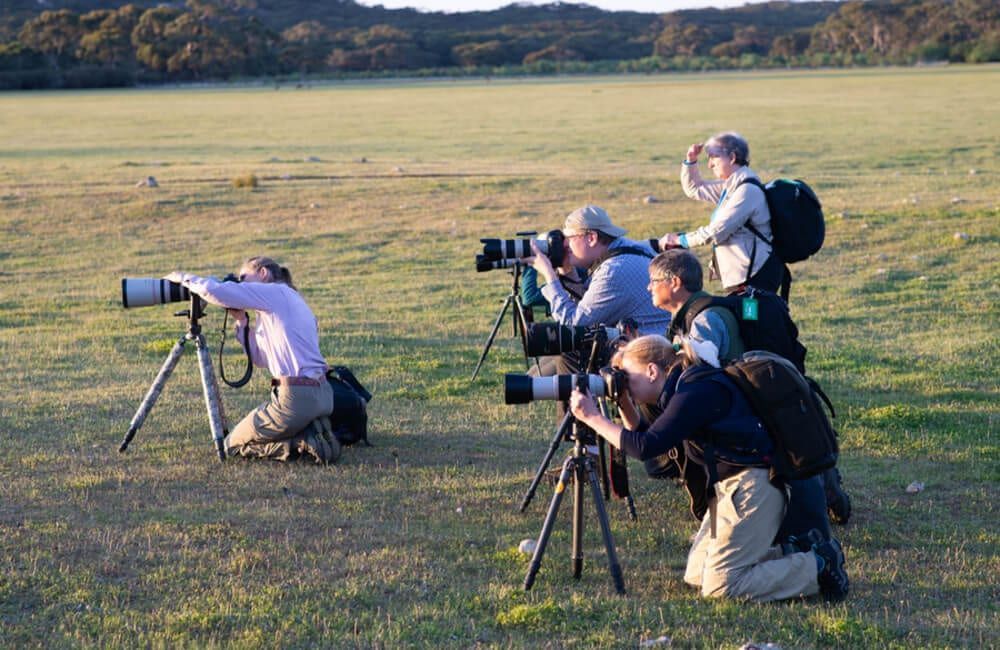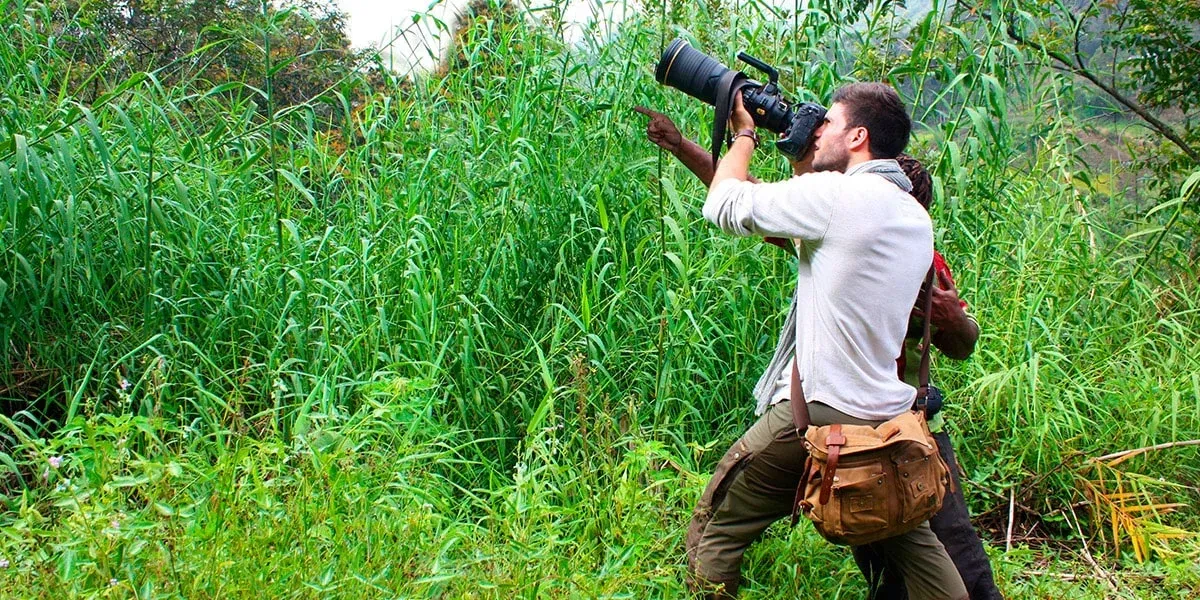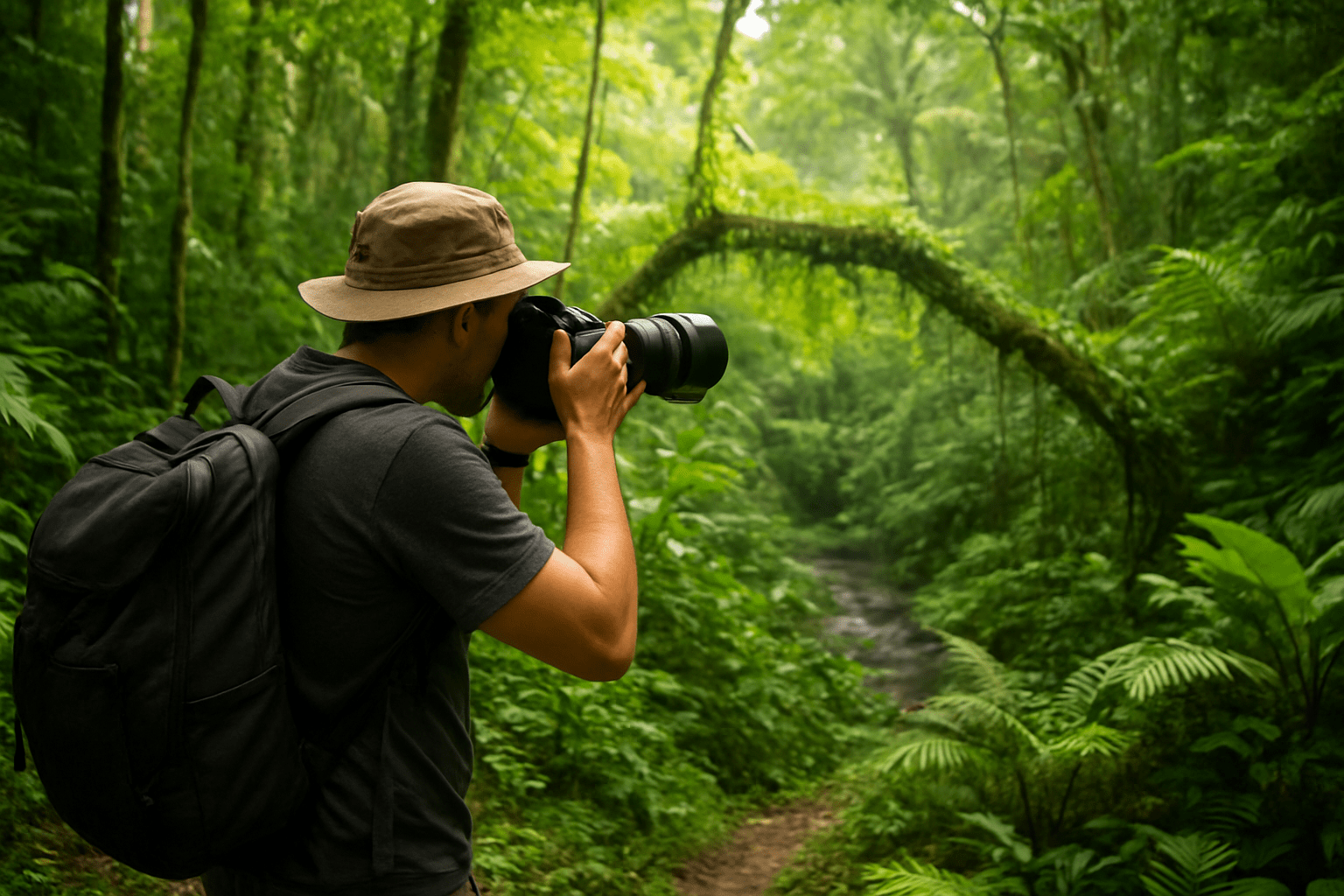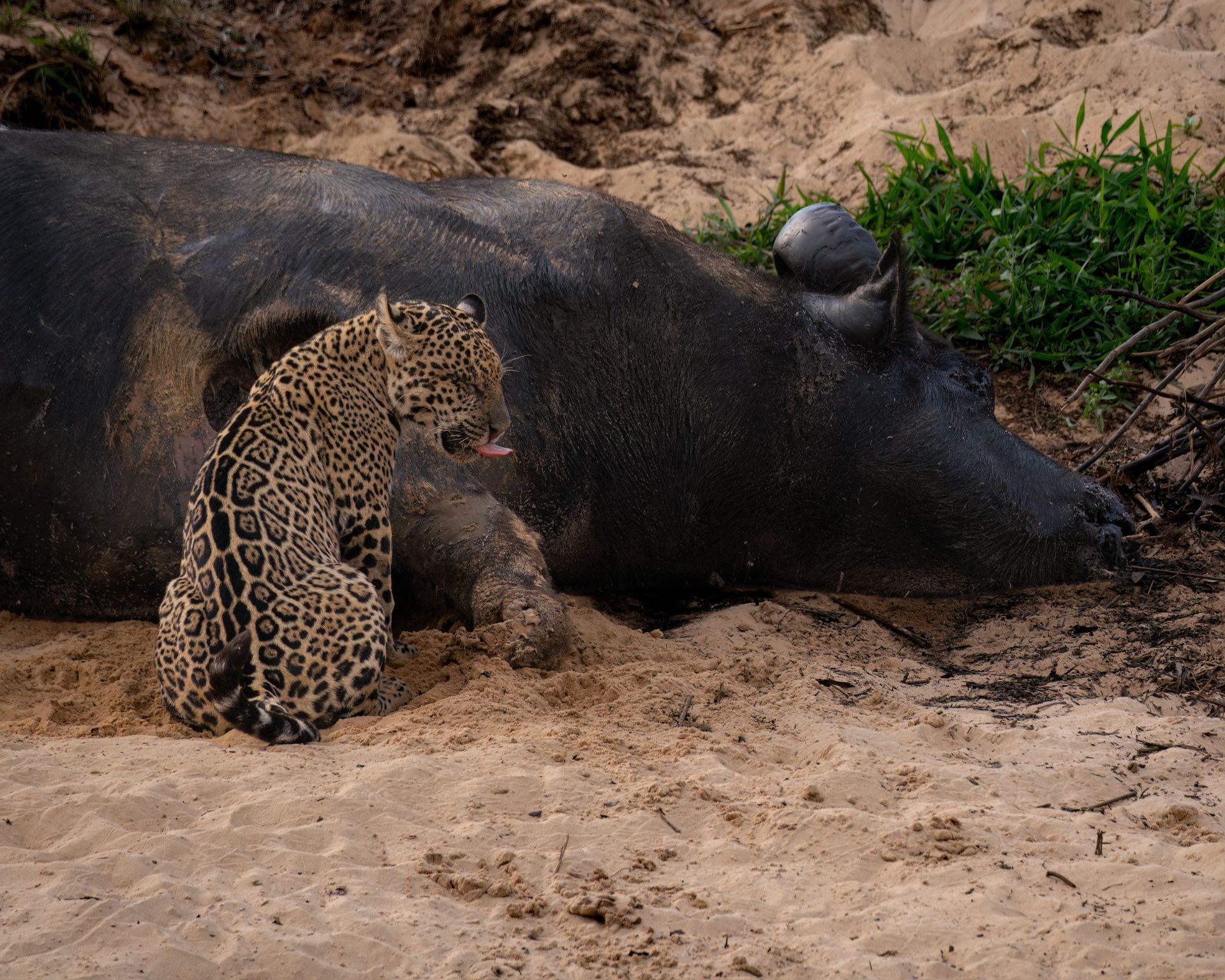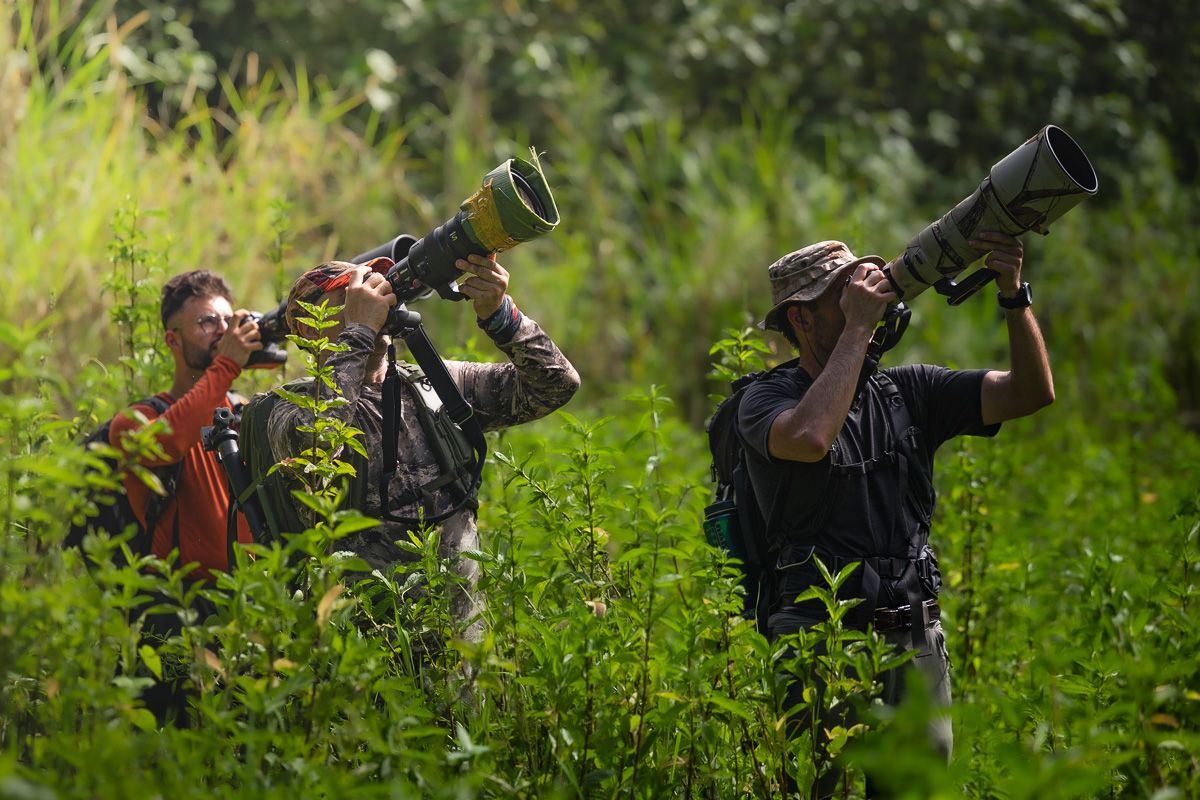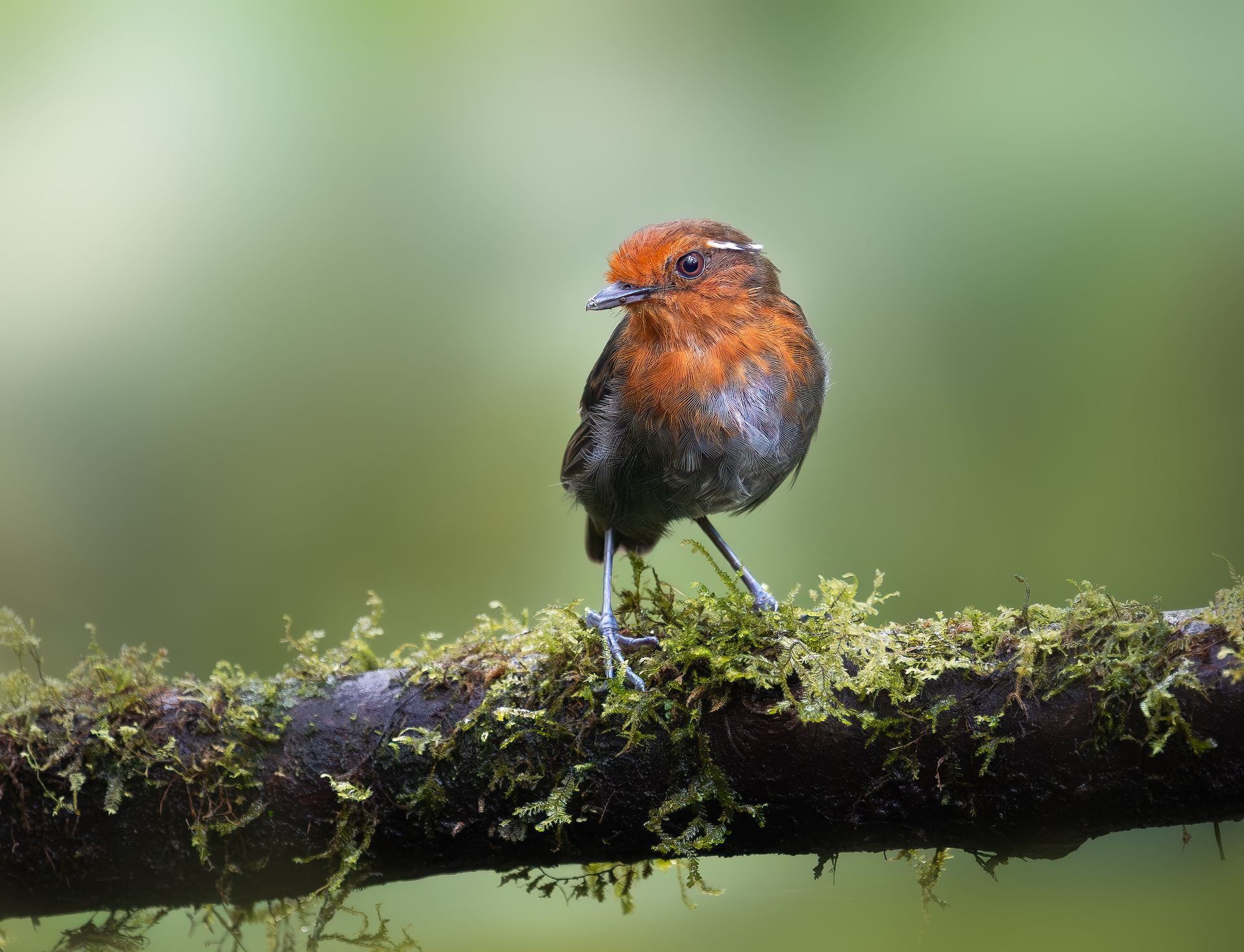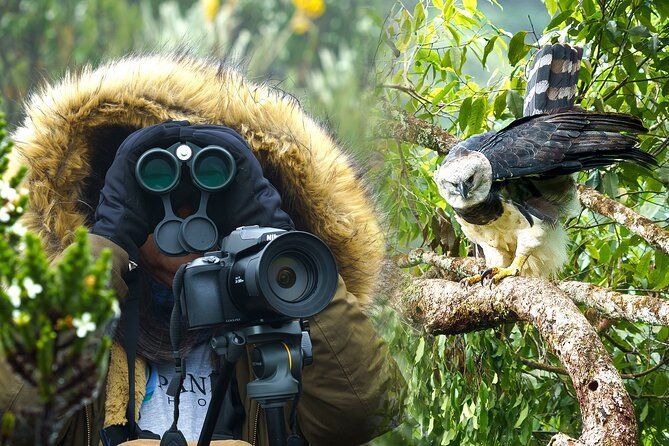How to Capture Birds in Flight: Advanced Photography Tips
Bird photography is one of the most rewarding yet challenging forms of wildlife photography. While stationary birds allow photographers to focus on composition, lighting, and fine details, capturing birds in flight requires a completely different skill set. It’s about speed, precision, anticipation, and technical mastery. For many photographers, freezing the elegance of a soaring eagle, the rapid flutter of a hummingbird, or the sweeping arc of a pelican over water is the ultimate achievement.
In this guide, we’ll dive into advanced tips for bird photography in flight, covering technical camera settings, equipment choices, shooting strategies, fieldcraft, and creative techniques that will help you take your bird-in-flight (BIF) images to the next level.
Why Birds in Flight Are So Challenging
Before jumping into advanced techniques, it’s worth considering why this aspect of bird photography is uniquely demanding:
Speed and unpredictability – Birds can change direction mid-flight, accelerate instantly, or dive unpredictably.
Small target area – Unlike larger mammals, birds occupy less of the frame and require pinpoint focus.
Lighting limitations – Fast shutter speeds often demand higher ISOs, especially in low light.
Background clutter – Busy trees or urban settings make isolating the bird challenging.
Mastering these challenges requires not just good equipment, but also practice, patience, and anticipation of bird behavior.
Essential Camera Gear for Birds in Flight
1. Camera Body: Speed and Autofocus Matter
For flight photography, the most important camera body features are fast autofocus and high burst rates.
Recommended Specs:
At least 7–10 frames per second (FPS) continuous shooting.
Advanced autofocus systems with subject tracking.
Large buffer size to avoid missed shots.
Examples: Canon R5/R7, Nikon Z9, Sony A1, or DSLRs like the Canon 1DX Mark III and Nikon D500.
2. Lenses: Reach Without Sacrificing Speed
Long lenses are essential, but balance matters—you need focal length, fast aperture, and portability.
Best Choices:
100–400mm f/4.5–5.6 (versatile zoom for beginners).
500mm or 600mm prime lenses (for professionals).
70–200mm with teleconverter (lighter setup).
Pro Tip: Use a zoom if you’re new, as birds often change distance quickly.
3. Accessories to Enhance Flight Photography
Gimbal head: Smooth movement for tracking birds in flight.
High-speed memory cards: Ensure your camera can handle burst shooting.
Binoculars: Spot and anticipate flight patterns before lifting the camera.
Camera Settings for Birds in Flight
1. Shutter Speed: Freeze the Action
The key to capturing sharp flight shots is a fast shutter speed.
Small birds (swallows, terns): 1/2500–1/4000 sec.
Medium birds (gulls, crows): 1/1600–1/2500 sec.
Large birds (eagles, pelicans): 1/1000–1/1600 sec.
If light is limited, raise ISO rather than compromise on shutter speed.
2. Aperture: Balancing Depth and Light
Start with f/5.6 – f/8 for sharpness and sufficient depth of field.
Wide apertures (f/4 or f/2.8) are useful for isolating the bird against a blurred background.
3. ISO: Don’t Fear the Noise
Use Auto ISO with a cap to let the camera adjust exposure without sacrificing shutter speed.
Modern cameras handle ISO 3200–6400 very well, especially for web use.
4. Autofocus Settings
Use AI Servo (Canon), AF-C (Nikon/Sony) for continuous focus tracking.
Select expanded or wide-area focus points for birds against the sky.
For cluttered backgrounds, use a smaller AF point cluster to avoid misfocusing on branches.
5. Drive Mode
Use high-speed continuous burst mode—sometimes the difference between a perfect shot and a miss is milliseconds.
Mastering Tracking Techniques
1. Panning with Precision
Smooth panning is crucial. Keep both eyes open when possible—one to track the bird, the other to anticipate surroundings.
Start tracking early before pressing the shutter.
Follow through after pressing, like swinging a golf club.
2. Anticipate Bird Behavior
Learn to read birds:
Take-off patterns – Birds often defecate before flight, fluff feathers, or crouch.
Landing sequences – Birds slow down, angle wings, and prepare feet.
Feeding dives – Kingfishers and terns hover before plunging.
The more you know about the species, the better you can predict the decisive moment.
3. Practice with Predictable Birds
Start with seagulls, pigeons, or waterfowl—they follow smoother flight paths. Then progress to faster, more erratic birds like swallows or hummingbirds.
Working with Light and Backgrounds
1. Golden Hours are Your Best Friend
Early morning and late afternoon provide softer light and warmer tones. Harsh midday sun creates unwanted shadows and blown highlights.
2. Positioning Yourself for Success
Shoot with the sun at your back for best lighting on the bird.
Choose clean backgrounds like blue sky, open water, or distant hills.
Avoid cluttered forests unless you’re intentionally going for a “habitat shot.”
3. Creative Use of Silhouettes
When the light is harsh or behind the bird, go for silhouettes. Birds in flight against a glowing sunset can be dramatic and artistic.
Advanced Tips for Flight Photography
1. Pre-Focus and Trap Shooting
If you know where birds will fly (e.g., a perch, nest, or feeding spot), pre-focus on that point and wait.
This reduces reliance on AF speed and increases your success rate.
2. Back-Button Focus
Assign AF activation to a separate button (like AF-ON). This allows you to decouple focusing from the shutter, giving more control in fast-action situations.
3. Use Burst Wisely
While high FPS is great, avoid “spray and pray.” Instead, time your bursts at key points: wing up, wing down, or interesting poses.
4. Experiment with Motion Blur
Not every flight photo has to be tack sharp. Try slower shutter speeds (1/60–1/250 sec) and pan with the bird to create dynamic motion blur shots.
Fieldcraft: Getting Close Without Stressing Birds
1. Respect Ethical Boundaries
Never flush birds to force them into flight.
Avoid nesting areas during breeding seasons.
Keep a respectful distance using long lenses.
2. Blend Into the Environment
Wear neutral or camouflage clothing.
Use natural cover like trees or hides.
3. Learn Bird Habitats and Timings
Different species fly at different times:
Raptors soar in late morning thermals.
Waterfowl often fly at dawn and dusk.
Swifts and swallows are most active in warm afternoons.
Post-Processing Flight Images
Even with great technique, post-processing enhances your final images.
1. Cropping for Impact
Birds in flight often require cropping. Leave space in front of the bird’s direction to give a sense of motion.
2. Sharpening and Noise Reduction
Apply selective sharpening to the bird.
Use noise reduction on the background, especially for high ISO shots.
3. Adjusting Exposure and Contrast
Bring out feather detail without overexposing highlights, particularly in white birds like gulls and egrets.
Common Mistakes to Avoid
Too slow shutter speed – results in wing blur.
Over-reliance on full auto mode – manual or semi-manual gives better control.
Cutting off wings – always leave enough room in your frame.
Ignoring background – clutter can ruin otherwise sharp shots.
Shooting from the wrong angle – birds flying away rarely make good photos.
Practice Makes Perfect
Like any skill, mastering flight photography requires repetition and patience. Don’t be discouraged by missed shots—every missed frame is part of the learning curve. Start with easier subjects, refine your technique, and gradually challenge yourself with faster, smaller, or rarer species.
Conclusion
Capturing birds in flight is the ultimate test of a wildlife photographer’s skills. It blends technical precision, field knowledge, and artistic vision. With the right gear, camera settings, and practice, you can freeze the breathtaking moment of a falcon’s dive, a hummingbird’s hover, or a heron’s graceful glide.
Remember: success in bird-in-flight photography doesn’t come overnight. But with persistence, ethical practice, and a willingness to learn, you’ll build a portfolio of spectacular images that showcase the beauty, power, and freedom of birds in motion.



